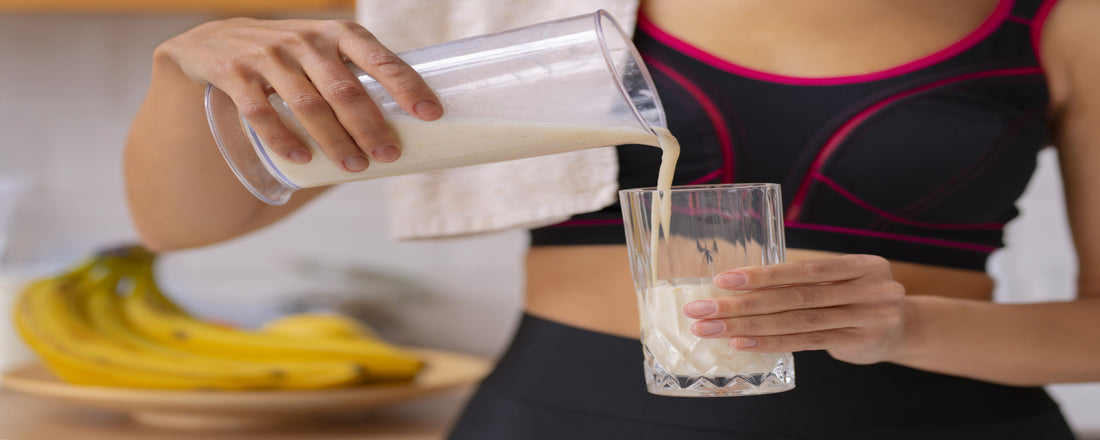
Breast Milk Calories: What Every Parent Should Know About Your Baby’s Nutrition
Share
Breast milk is often called “liquid gold” — and for good reason. It’s packed with everything a baby needs to grow, including the right mix of calories, fats, vitamins, and immune-boosting nutrients. But how many calories are in breast milk? Does the fat content change? Is foremilk less nutritious than hindmilk? If you’re a breastfeeding parent, understanding the calories in 1 oz of breast milk and its overall nutritional value can help you feel more confident in feeding your baby.
In this blog, we’ll break down everything you need to know about breast milk calories, including how it changes throughout the day, what affects fat content, and how to tell if your baby is getting enough. Whether you’re breastfeeding directly or pumping, this guide will help you understand what goes into each ounce of your milk.
How Many Calories Are in Breast Milk?
On average, 1 ounce of breast milk contains about 20 calories. However, this number is not fixed. It can vary based on factors like:
-
The time of day
-
Your baby’s age
-
The length of the feeding
-
Whether it’s foremilk or hindmilk
Even your diet and hydration levels can influence the caloric value of milk. Breast milk is naturally designed to adapt to your baby’s needs as they grow.
What Affects the Calorie Content of Breast Milk?
Fat Content in Milk
Fat is the biggest contributor to the calorie count in breast milk. The more fat it contains, the more calories it delivers. As your baby nurses or you express milk, the fat content increases over time.
-
The beginning of a feeding session has foremilk (lower fat, more water).
-
The end of the session has hindmilk (higher fat, richer in calories).
This is why foremilk vs hindmilk calories can differ quite a bit. Hindmilk can have almost double the fat of foremilk, making it more calorie-dense.
Time of Day
Milk pumped in the morning is often lower in fat than milk pumped in the evening. This is natural and doesn’t mean your milk is less nutritious — it just reflects your body’s hormonal cycles.
Baby’s Age and Growth Needs
As your baby grows, your breast milk changes to meet their evolving nutritional needs. The calorie count may increase slightly to match your baby’s energy and development requirements.
Breast Milk Nutrition: A Quick Breakdown
Along with calories, breast milk contains:
-
Proteins: Help build your baby’s muscles and tissues.
-
Fats: Provide energy and support brain growth.
-
Carbohydrates: Mainly in the form of lactose for energy.
-
Vitamins and minerals: Including calcium, iron, vitamin A, and vitamin D.
-
Antibodies and enzymes: Boost your baby’s immune system.
Each ounce of milk delivers a perfect mix of these nutrients — tailored by nature just for your baby. Learn more about breast milk nutrition and storage with our breast milk storage guide.
Foremilk vs Hindmilk: What’s the Difference?
Foremilk
-
Comes at the start of a feed.
-
Has more water and lactose.
-
Helps keep your baby hydrated.
-
Lower in fat, around 10–15 calories per ounce.
Hindmilk
-
Comes at the end of a feed.
-
Higher in fat, providing up to 25–30 calories per ounce.
-
Helps your baby feel full and gain weight.
It’s important to let your baby nurse long enough to get both. If you’re pumping, make sure you collect the full session so your baby receives a good balance.
How to Know if Your Baby Is Getting Enough Calories
Most breastfed babies take in 20 to 30 ounces of milk per day, depending on their age and weight. You don’t need to count every calorie, but here are some signs your baby is eating enough:
-
Gaining weight steadily
-
Having at least 6–8 wet diapers a day
-
Sleeping well and alert during waking hours
-
Content after feeding
Concerned about milk supply? Learn how to increase your breast milk naturally.
Pumped Milk: Does It Have the Same Calories?
Yes — but only if you pump a full session. If you stop pumping early, you might collect mostly foremilk, which is lower in calories. To get both foremilk and hindmilk:
-
Pump for 15–20 minutes per breast.
-
Use hands-on pumping to get more fat.
-
Mix the milk gently before feeding your baby (don't shake it hard).
This helps ensure your baby receives the full breast milk nutrition spectrum.
Caloric Value of Milk at Different Stages
|
Milk Type |
Approx. Calories/oz |
Main Characteristics |
|
Colostrum (Day 1–4) |
15–18 |
High in antibodies, low in fat |
|
Transitional Milk (Day 5–14) |
18–22 |
More fat, more lactose, baby’s stomach growing |
|
Mature Milk (Day 15+) |
20–30 |
Balanced nutrition, fat levels vary |
Can You Increase the Calorie Content of Your Milk?
Your body is already doing an amazing job. But if you want to increase the fat content slightly:
-
Stay well hydrated.
-
Eat healthy fats like avocados, nuts, and olive oil.
-
Don’t switch breasts too quickly.
-
Empty each breast fully.
Want a more convenient option? Discover freeze-dried breast milk and learn about the cost of freeze-drying breast milk.
Comparing Breast Milk to Formula
|
Nutrient |
Breast Milk (per oz) |
Formula (per oz) |
|
Calories |
~20 |
~20 |
|
Fat |
3–5g (varies) |
3.5g |
|
Protein |
1g |
1.5g |
|
Carbs |
6–7g |
6–7g |
Breast milk may vary more in content, but it’s biologically active — meaning it adjusts to your baby’s needs in real time, which formula cannot do.
Conclusion
Breast milk is not just a source of food—it’s a perfect blend of calories, fat, and nutrients designed for your baby’s growth. On average, there are about 20 calories in 1 oz of breast milk, but the amount can vary based on factors like time of day, feeding length, and whether it’s foremilk or hindmilk. Understanding the caloric value of milk, its fat content, and how it supports your baby can help you feel more confident in your feeding journey. Whether you’re breastfeeding or pumping, trust that your body is providing what your baby needs to thrive.
Frequently Asked Questions
1. How many calories are in 1 oz of breast milk?
About 20 calories, but this can range from 15 to 30 depending on the fat content.
2. What’s the difference in calories between foremilk and hindmilk?
Foremilk is lower in fat (15–20 cal/oz), while hindmilk is higher (25–30 cal/oz).
3. Can I increase the calorie content of my breast milk?
Yes, by eating healthy fats, staying hydrated, and fully emptying each breast.
4. Does breast milk have enough calories for newborns?
Yes. Even small amounts of colostrum have the nutrients and calories a newborn needs.
5. Does pumped milk lose calories?
Not if you collect the full session, including both foremilk and hindmilk.
6. Does breast milk get more calories as the baby grows?
It can. Your milk naturally adjusts to meet your baby’s energy and growth needs.
7. Is evening breast milk higher in calories?
Evening milk may have more fat, helping babies feel fuller and sleep longer.
8. How many calories does a baby need per day?
Roughly 100–120 calories per kg of body weight, which breast milk usually meets.
9. How does breast milk compare to formula in calories?
Both have similar calorie counts per ounce, but breast milk’s fat and protein may vary.
10. Should I worry about calories if I breastfeed on demand?
No, as long as your baby is gaining weight and thriving, your milk is meeting their needs.
